Eckhaus Latta Prefers Glitches To Filters
|PHILLIP PYLE
Mike Eckhaus and Zoe Latta were each other’s critics before they were each other’s friends.
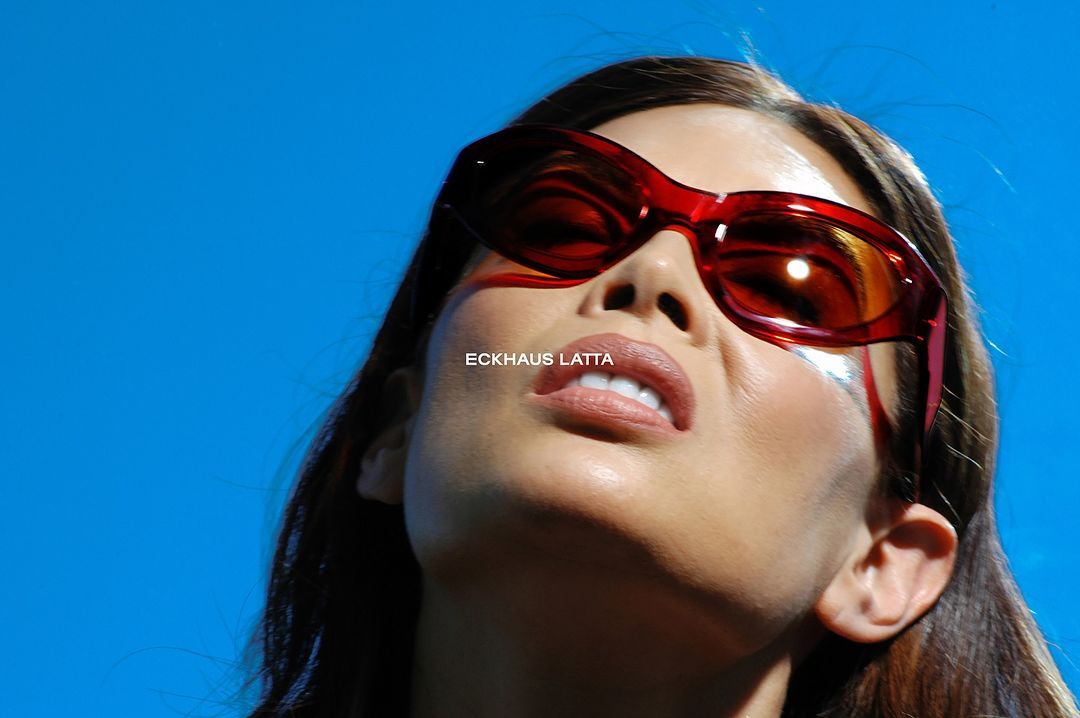
Having met at the Rhode Island School of Design, where Eckhaus studied sculpture and Latta studied textiles, the duo rather spontaneously birthed their namesake brand Eckhaus Latta in 2011 when they applied for the International Festival of Fashion in Hyères. Nearly thirteen years later, Eckhaus Latta has shed all the doubts shrouding their DIY, art school origins and has established itself as a staple of New York and LA fashion. Their design process is rare in that they often begin with the feeling of clothing rather the appearance of it, carefully sourcing or developing their own denim washes, knit blends, and jersey before dealing with silhouette or fit. This emphasis on materiality and comfort reflects their general interest in fashion as a tactile fact of reality rather than a purely imaginative or algorithm-friendly realm.
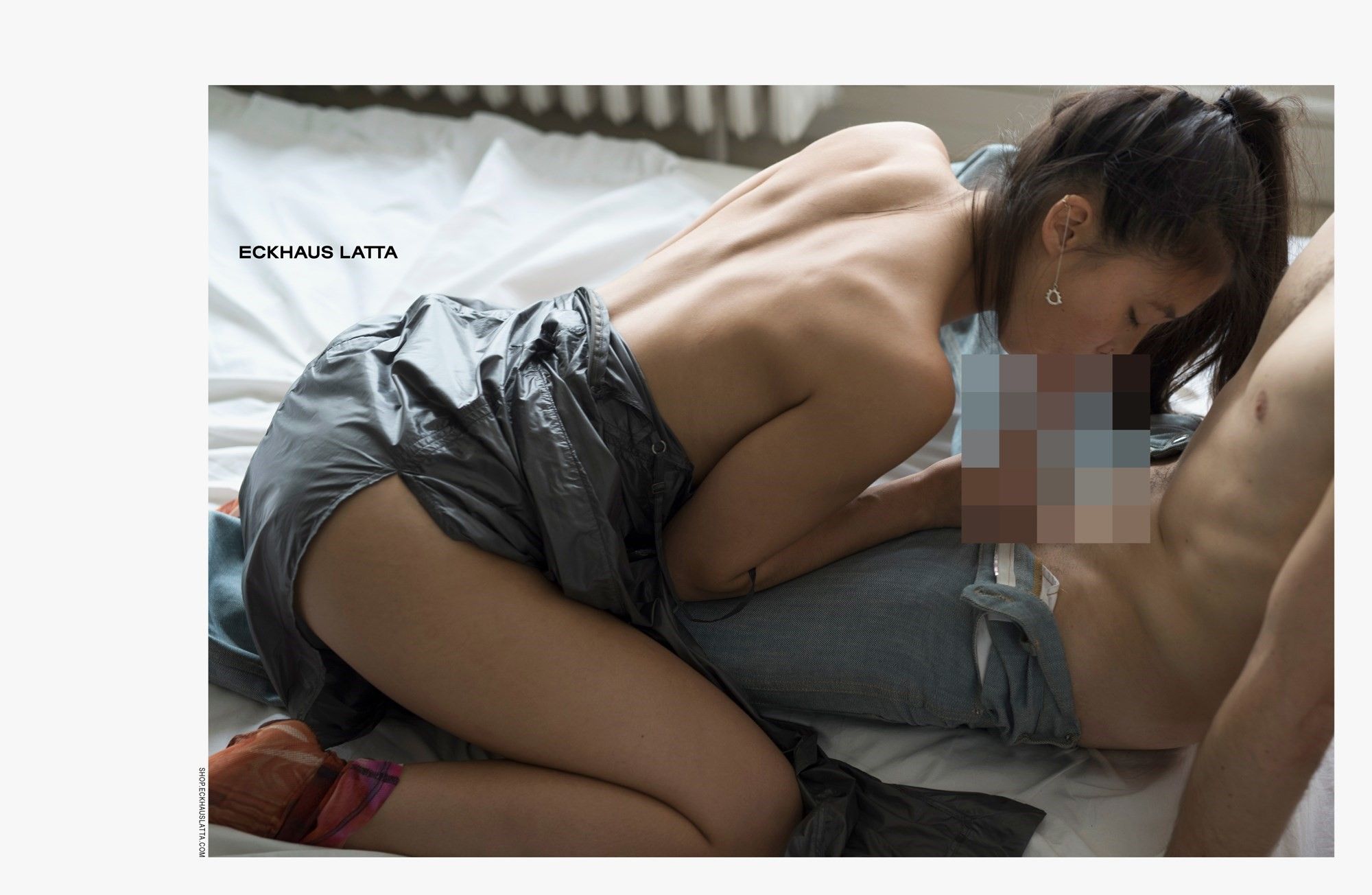
Oftentimes, their commitment to real life has been rather straightforward. When they launched their children’s line BAMBINO in 2021, they omitted some of the more superfluous elements of their readytowear line, designing all-cotton pieces intended to be played in, stained, and passed down from generation to generation. Their casting approach, too, is intuitive. Over the years, the brand has regularly cast friends and collaborators, including actress and former Eckhaus Latta casting director Hari Nef, model Paloma Elsesser, artist and musician Juliana Huxtable, and the late producer SOPHIE, alongside agency models to walk their shows.
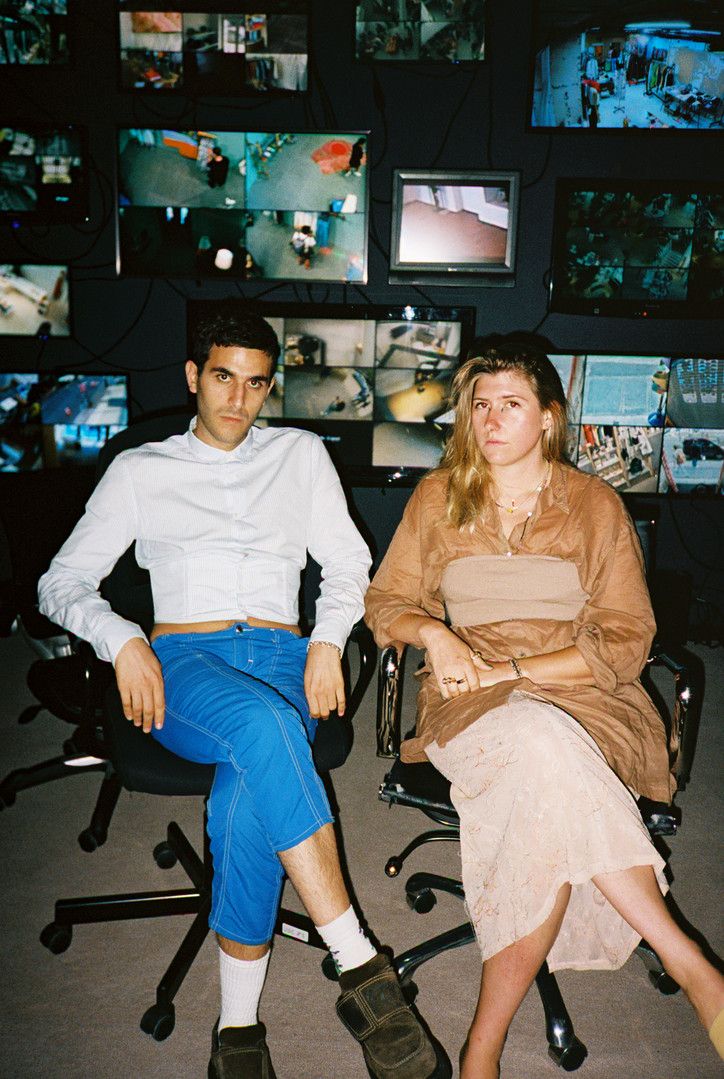
At times, their incisive view on the state of things can—at least at first glance—come across as provocative or even shocking. Such was the case with their Spring/Summer 2017 campaign, shot by Heji Shin, where couples, either friends or cast from Craigslist, were photographed having unsimulated sex while half-wearing the season’s clothing. Save for the pixelated squares covering the subjects’ lower genitalia, the campaign was explicit in an intimate rather than pornographic sense—a prudent rendering of sex and sexuality that extends across Eckhaus Latta’s collections.
Ahead of their upcoming September NYFW show, Mike Eckhaus and Zoe Latta talked with Phillip Pyle about casting former porn stars Tony Ward and Tera Patrick in a sunglasses campaign, why they “prefer a glitch over a filter,” and the transformation of the term inclusivity into corporate jargon.
PHILLIP PYLE: The Autumn/Winter 2024 show opened with Loren Kramer singing a cover of Lana Del Rey’s “Hope Is a Dangerous Thing for a Woman Like Me to Have—but I Have it,” then Kramer transitioned to Leonard Cohen’s “Chelsea Hotel #2.” Why open with Lana and Leonard? I’m also wondering if you both actually have hope in the fashion landscape today?
MIKE ECKHAUS: [Laughs] Some days we do and some days we don’t.
ZOE LATTA: Those songs came out of a distillation and cauldron that we put together with singer Loren [Kramer]. We all made this epic playlist and were intentionally choosing songs that felt very—I don’t want to say morose—full of feelings.
ME: It was important to have a certain melancholia within the music. When we brought the idea of that Lana track to Loren, he was like, “this is one of my favorite songs ever written.” That felt like an important starting note.
Also, the world’s really dark and it doesn’t feel like we’re in a space, at least in this country, where it feels like there’s a lightness at the moment.
ZL: The finale was to Lou Reed’s “Perfect Day.” There was kind of a definition of hope there where it’s like, “shit sucks, but I’m still going to go forward.” The clothes were clothes for that mentality, but they also were very spirited. We felt genuine excitement putting those into the world.
PP: The AW-24 show went through stages of concealment and revealment. It also cycled through more traditional garments and silhouettes and more innovative ones. Material played a large role in this movement. Can you talk about materials for this show, and how they shaped the more thematic interests?
ME: With the material language of that show, we wanted to find things that could feel subdued at times, and to play with things that are familiar but where you can’t put your finger on it. There’s something that you understand, but it isn’t immediate. That’s often our approach with materials. That also tends to affect cuts, silhouette, and construction—not to create a sense of unease but a space of asking, “What is innovation and what is newness, but also what is comfortable and recognizable?”
PP: There were a lot of subtly sexy cuts in this show, which is common with your designs. In a past interview, you mentioned that “normalizing sexuality and seeing beauty in the body” are the reasons why you use nudity or more revealing cuts. I’m curious, then, about your recent sunglasses line shoot with Rob Kulísek, which featured former porn stars Tony Ward and Tera Patrick. Do you see porn as an avenue for exploring a more truthful sexuality in this day and age? Or is it a flight from puritanical values?
ZL: We were interested in them as people in their 40s to 60s, who are normally relegated to an asexual space within culture. But it wasn’t like we just went out to just find porn stars. We were really drawn to them as people who are professionals at experiencing pleasure, and veterans of it. It was interesting to hear them talk about the good old days of how the porn industry worked. Tera Patrick has made a lot of amazing, righteous acts of owning her image and owning her identity.
ME: With porn stars, there’s this idea that it’s someone professionally experiencing pleasure, but they’re providing pleasure for the viewer. There’s something really intimate about that. It’s a different sense of intimacy, but also still tied up in how we like to play with body and clothing.
When you have something that’s more centrally cut or exposed, semi sheer or completely sheer, that garment is giving you some sense of pleasure. Maybe it’s not erotic pleasure, but it alludes to that to some degree, because everything ties back to this idea of sex when the body is seen in different stages of reveal.
PP: I could sense that viewer focus in the campaign through the low-res images. They looked almost like screenshots. Materiality is something you talk a lot about in a physical sense, but is a digital materiality something that you are also interested in?
ZL: We’re not interested in applying a filter to something to make it feel nostalgic or conceptual in some other way. But if that was the form… like, those were screenshots from lo-fi video that we took during the shoot, so that’s real. We usually shoot on film when we can because we prefer the way it looks in terms of its capture of real light. I wouldn’t say a digital texture is something that Mike and I, as creators, are so attracted to. We’re actually Luddites.
ME: We’re both 36, so there’s a texture of analog both familiar and nostalgic to our own lives that we care about. When I think of the digital aspect or the manipulation of digital imagery, I often think more about a degradation of it rather than a souped-up AI virtual reality.
ZL: We both take very little comfort in the internet world. We’re not playing video games or part of online communities.
ME: We prefer a glitch over a filter, if that makes sense.
ZL: I’m way more interested in an uncanny Craigslist post than a fake illustration of something.
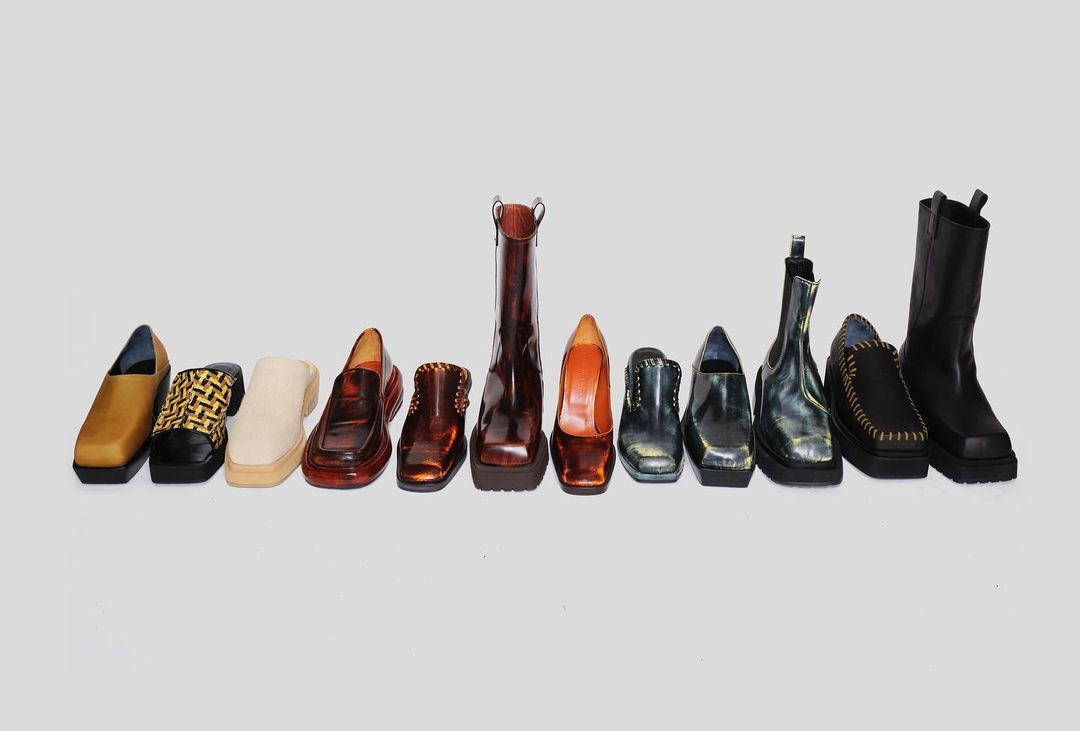
PP: This interest in realness has long been reflected in your casting. What are your thoughts on the fact that a lot of bigger houses have institutionalized “unconventional” approaches of casting non-signed models, older people, etc.?
ME: I feel flattered when people acknowledge that we’ve been doing it for a while. It was never done with any sort of marketing strategy. It always just made sense to us.
It’s cool to see that there is more inclusivity—even though I hate this term because I feel like it’s become corporate jargon.
ZL: We want to help people who want to wear our clothes feel better as themselves in our clothes. Nowadays, this idea of inclusivity is just a capture for more money from a corporate level, which is why we cringe to use that word.
ME: In the same breath, I can say that it’s nice to see that more people feel included and can feel represented and seen. Especially with the rise of social media. That’s important.
ZL: And to touch on what Mike said about how much this industry has changed, when we started, there was no Instagram, there was no SSENSE. There were no elected formats of creating content or voices. In many ways, it is kind of cringe to us—we don’t really do much influencer relations—but, at the same time, it’s cool that these kids in their bedrooms can turn into voices that an LVMH company will pay thousands or millions of dollars to engage with.
PP: You’ve described each other as “each other’s consultants” in the design process since you work separately on designs, then come together and give each other feedback. Was this critical element there at the beginning of your friendship in art school, or is it something that you had to learn?
ZL: It was there before the friendship was there.
ME: A lot of that does come from art school. There’s still that element of dialogue, of critique, which we really nurture. How do you talk about your ideas and communicate your ideas to others? Speaking to other people’s things without tearing someone down. That has always had a big impact in the way Zoe and I communicate with each other.
ZL: Oftentimes, when we’ve been collaborating with other people or doing something a little more institutional, our way of working is maybe too harsh, or we see it from another perspective. What we have is, I don’t want to say unique, but it’s very specific and works for us. The brutal honesty can be very efficient but other people need a lot more handholding, more nurturing in decision making processes.
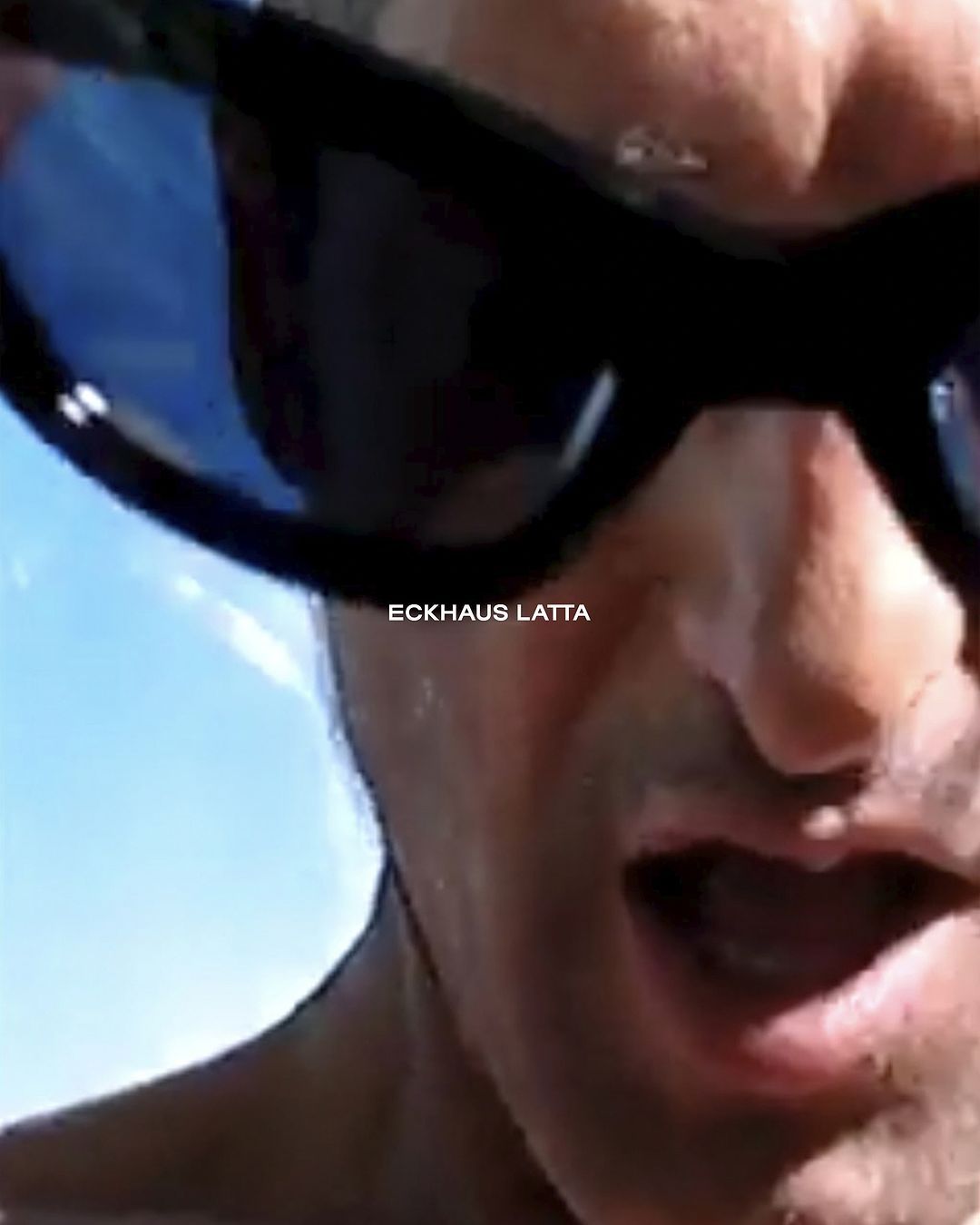

PP: I imagine that the values and working style instilled by art school can collide with fashion’s necessity for optimization. Have you had to alter your intuitive working methods within the industry?
ME: There are tensions that exist or things that, given our scale, we’re not aware of at times. I definitely think there are a lot of ways we could be more in line with certain aspects of the industry, but we know what we know, and we know our reality. We’re informed, so we see how other things work, adapt, learn, and take on stuff accordingly.
ZL: Mike and I could rip something apart conceptually because we don’t like something that the other person makes—but there are also things we’re building on in terms of craft or reality. If we make a shirt that sells really well one season, we will encourage each other to try to make a better version of it for the next. That isn’t conceptual. That’s us trying to be real. The people have spoken, they like it, we like it. How can it be better? How can we improve this? How can we not only be in this temporal space where we’re just creating the new new? And that’s great because, as Mike said, our scale is incredibly small. We’re not working with a ton of merchandisers, and we’re also not in a position where we’re only putting forward the greatest idea ever every three months, which a lot of creative directors do. We do it all. So, there’s a bit of learned pragmatism that both of us have applied.
PP: Scanning the fashion landscape today, there seems to be this polarity between the rise of DIY approach and one of pushing sophistication and luxury to the extreme. Eckhaus Latta has been balancing the two since its beginning. Do you see a common ground emerging in the future between the poles that fashion seems to be moving toward?
ZL: We started our company in a very public way of learning and came from a DIY space because neither of us studied fashion. So, for a while, we had a bone to pick. We wanted to explain to the world that, yes, we do know how to make clothes well. And now, I think we know that, and they know that.
I have found that the sophistication element is a lot of smoke and mirrors. You can get a very sophisticated garment that looks like it’s from The Row for like $30. The area, to me, is getting way grayer because the technologies to make garments are faster, cheaper, and better than they’ve ever been. It’s a quantities and scale game. It would require a lot of consumer education to understand what is good and what is bad right now. I hope that people care more about the brands and the people that make the things than just, “this is good because it’s signaling wealth.”
ME: I think we’re still on a track of fashion becoming progressively more and more mono-channeled. Eventually it’s going to have to snap on some level—everyone I know who works in fashion, which is quite a lot of people in different aspects of the industry, just feels so over it in this way, which is sad. As luxury has progressively entered into this sphere of cultural entertainment, it alienates a lot of the things that used to substantiate why people would get interested in fashion. A lot of those things that got people excited about fashion are dwindling. I think there will be some sort of tilt, but I’m not sure when or what that will look like.
PP: That gets back to the question of hope.
ME: Totally. And I feel hopeful for it, but I do think there’s going to have to be some drastic shift in the next five years. And I don’t know what that looks like, whether it’s every single brand being owned by LVMH or something else. The polarities exist more and more, and it’s becoming more and more spread out because you have so many other channels outside of Vogue.com or Style Not Com where you can look at everything.
I don’t know what a 16- or 18-year-old is getting excited about in fashion. If I was a 16-year-old and I looked at fashion in the same way I do now, I don’t think I would have gotten into it. It doesn’t have the same sort of appeal or luster, intrigue or oddity that it had. Maybe everyone says that by the time they’re in their mid-30s. Who knows?
ZL: Well, I don’t even think the 16-year-olds are looking at the shows. They’re looking at some influencer’s unboxing of some present they got.
We do have hope for what we’re doing, and excitement and enthusiasm, but I can’t say that about the entire industry. I don’t think we’ve ever approached Eckhaus Latta with the idea that everyone should love it, which I think a lot of brands are trying to do right now. This is something that has led to this homogenization of identities. Maybe that’s why we can still remain hopeful.
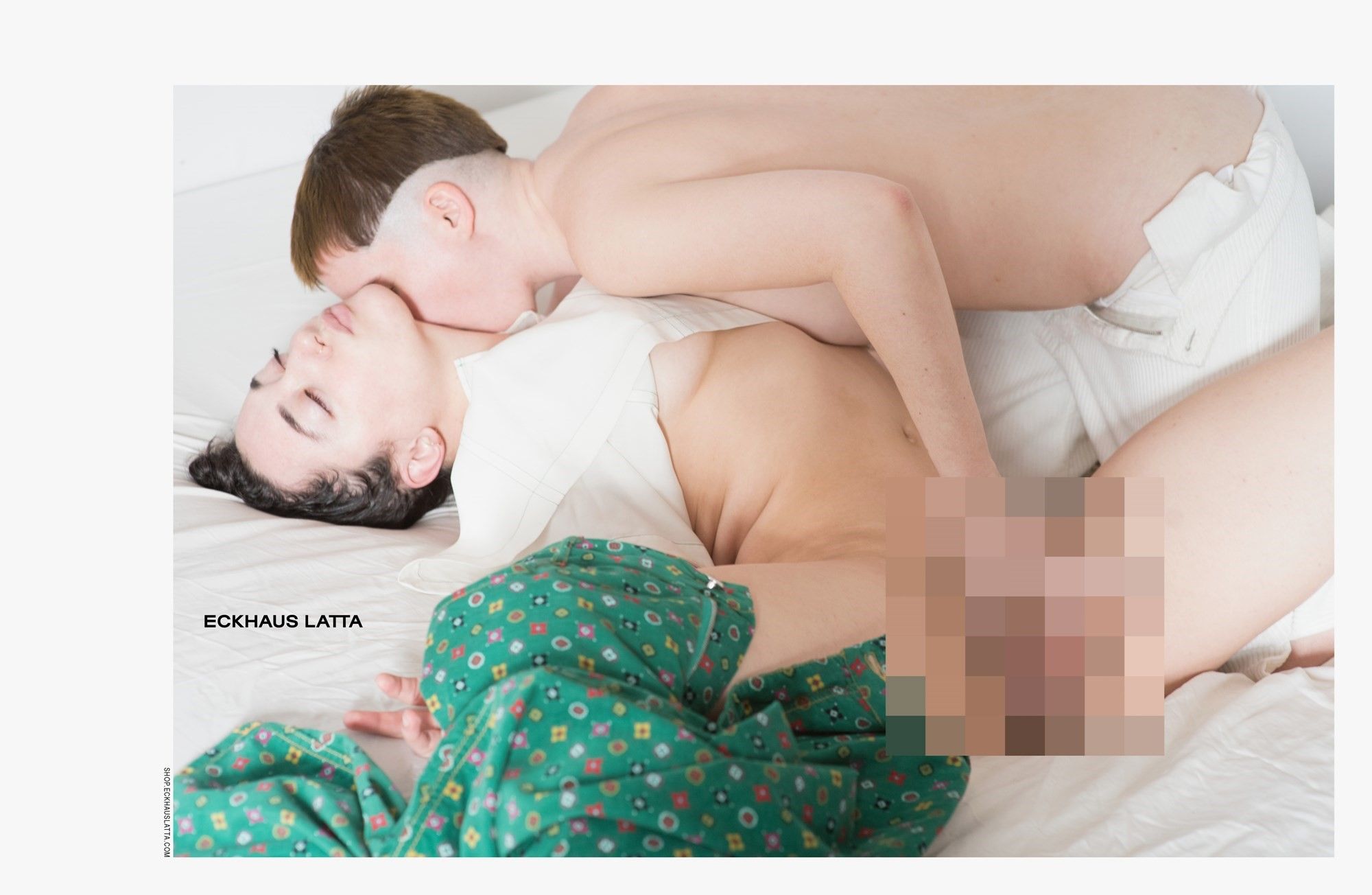
Credits
- Text: PHILLIP PYLE
Related Content
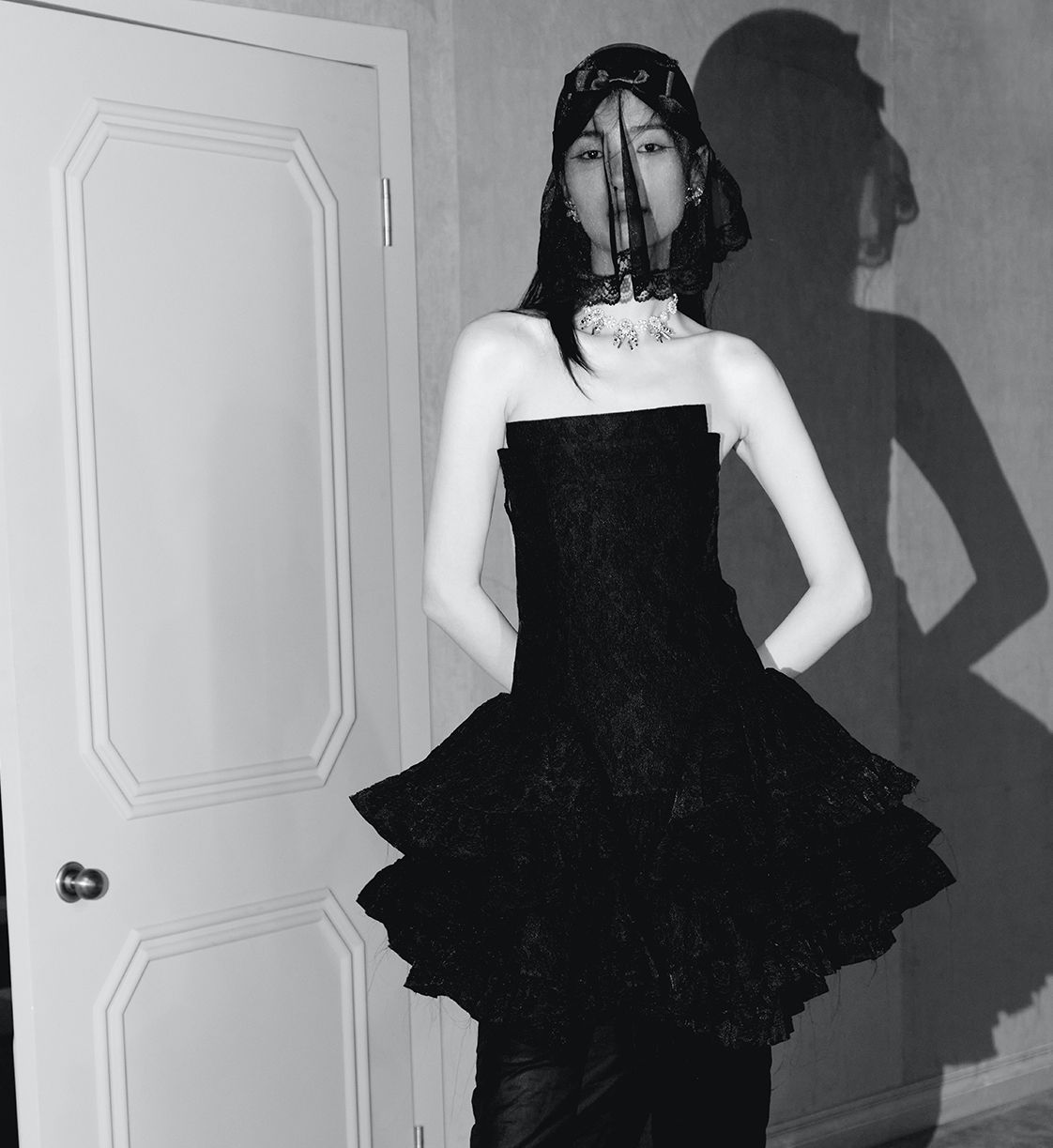
Girlhood Is Not A Moment: SHUSHU/TONG
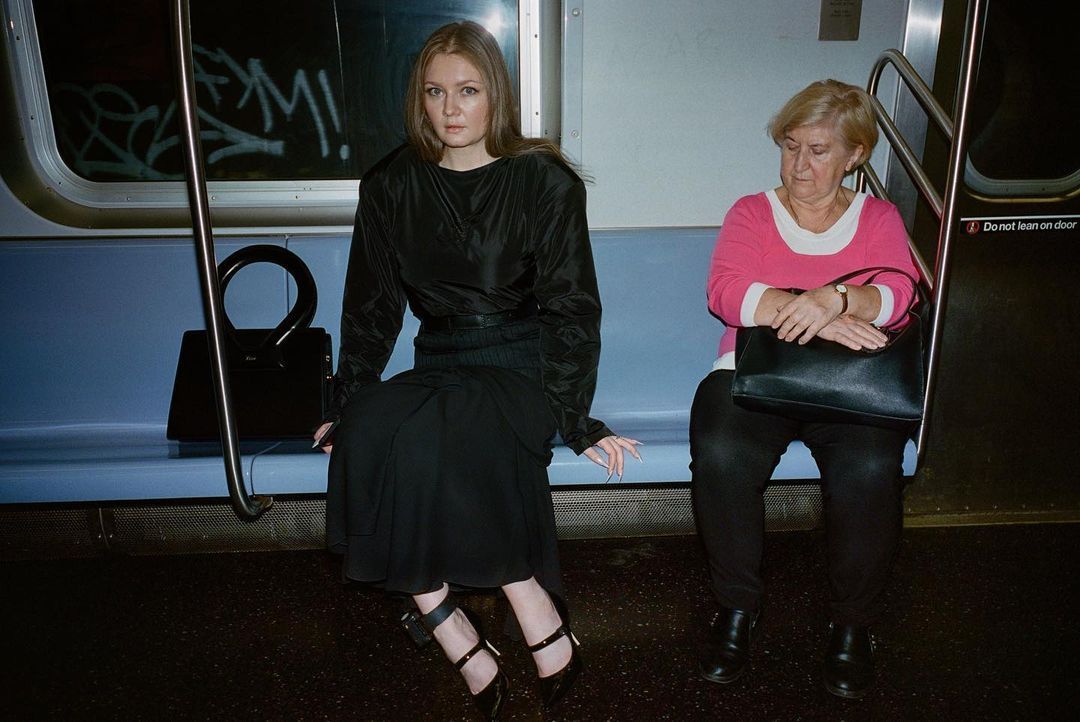
LUAR: Rising Like a Phoenix
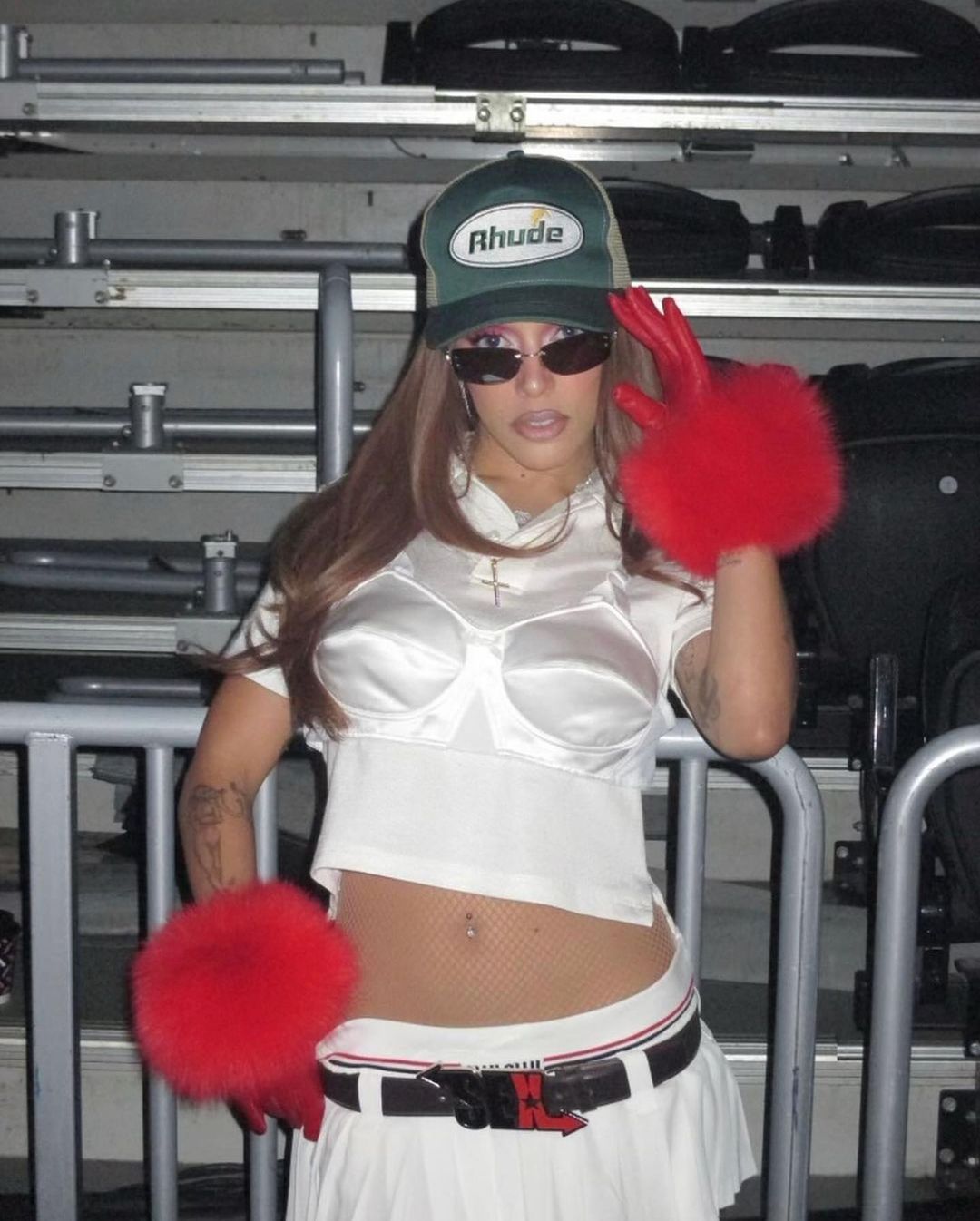
Who the fuck is Vaquera?
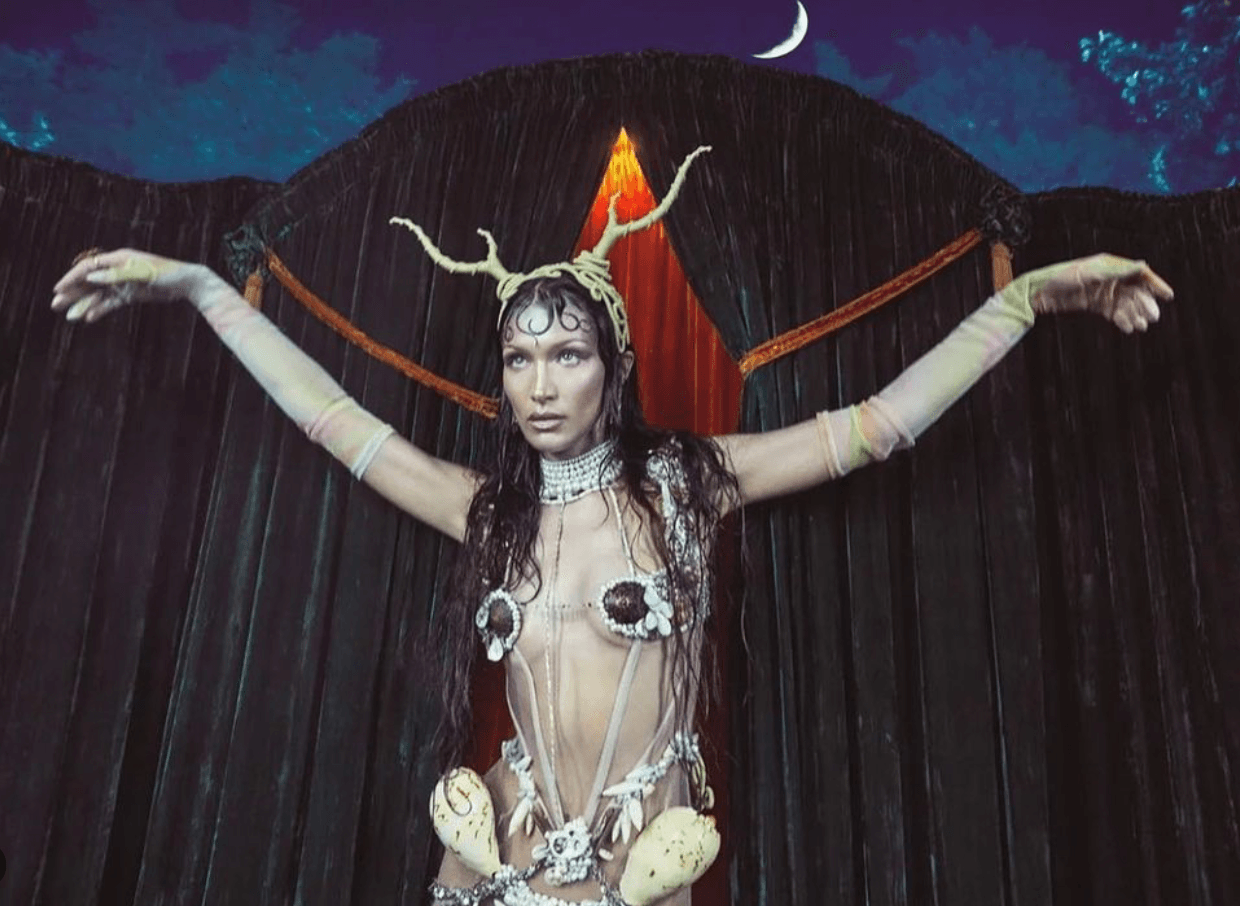
What Do You Deem as Sacred? DILARA FıNDıKOğLU
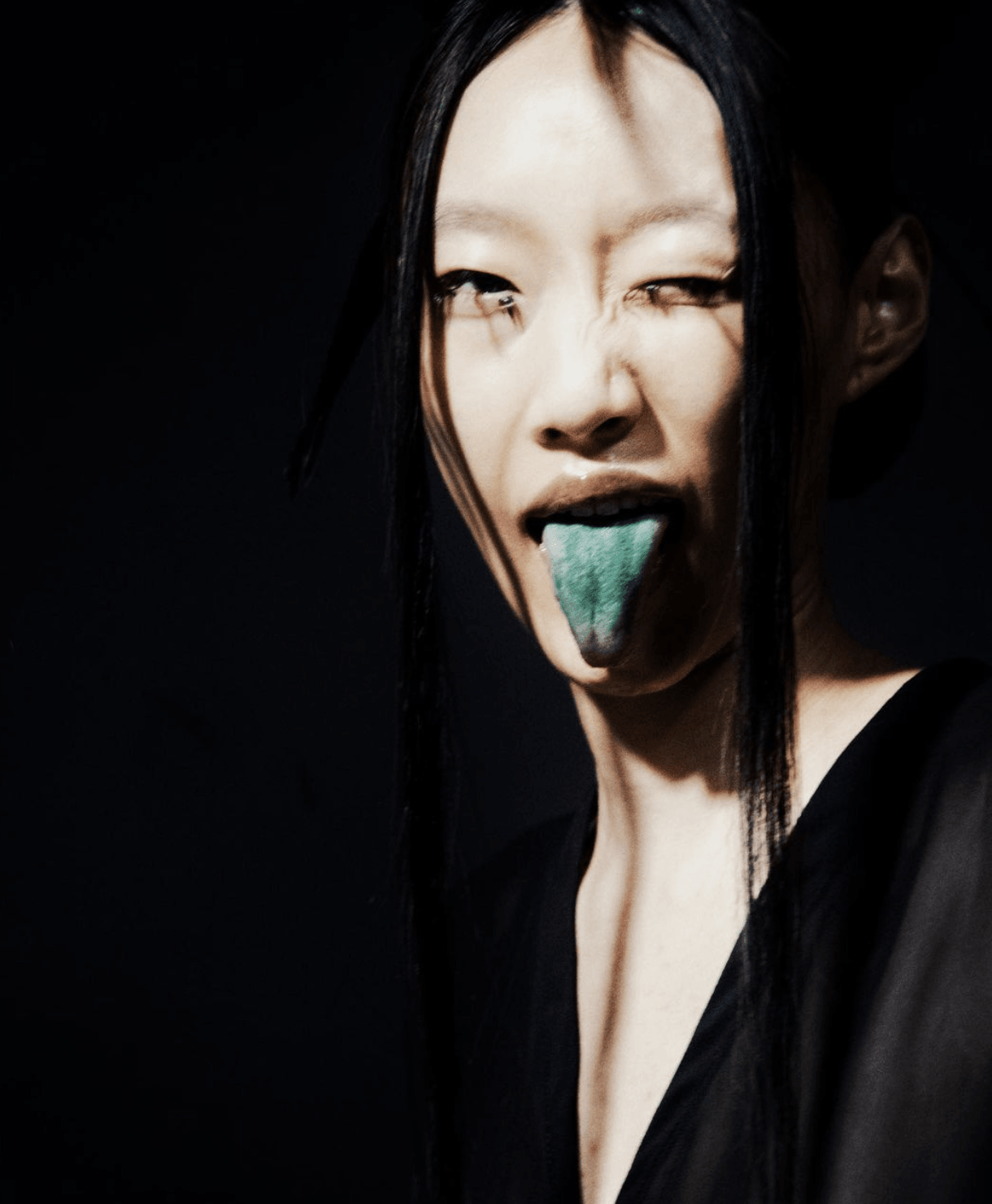
CHET LO’s BDSM Sweaters
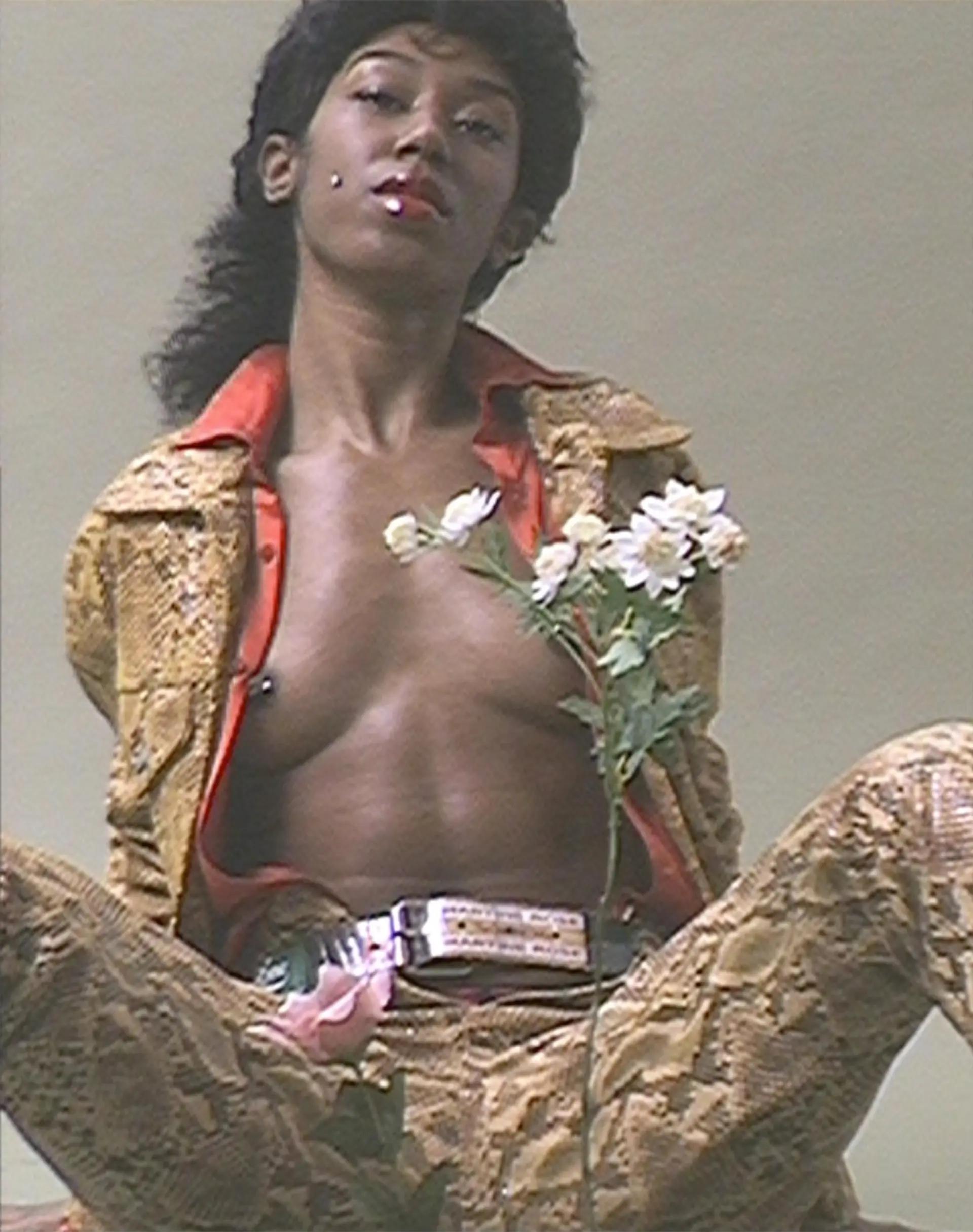
MARTINE ROSE in Three Acts
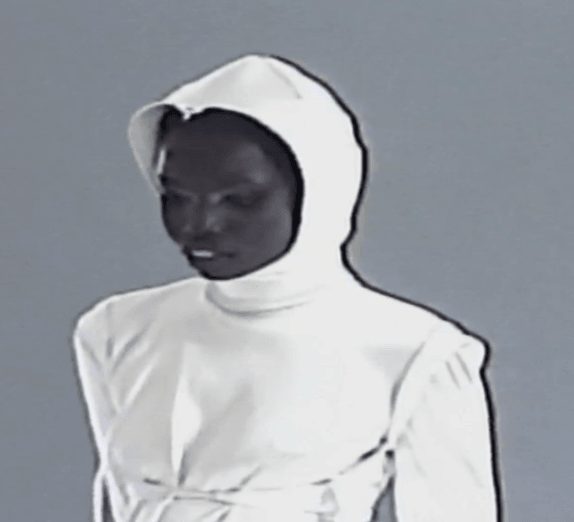
Lifesaving and Poisonous: Women’s History Museum
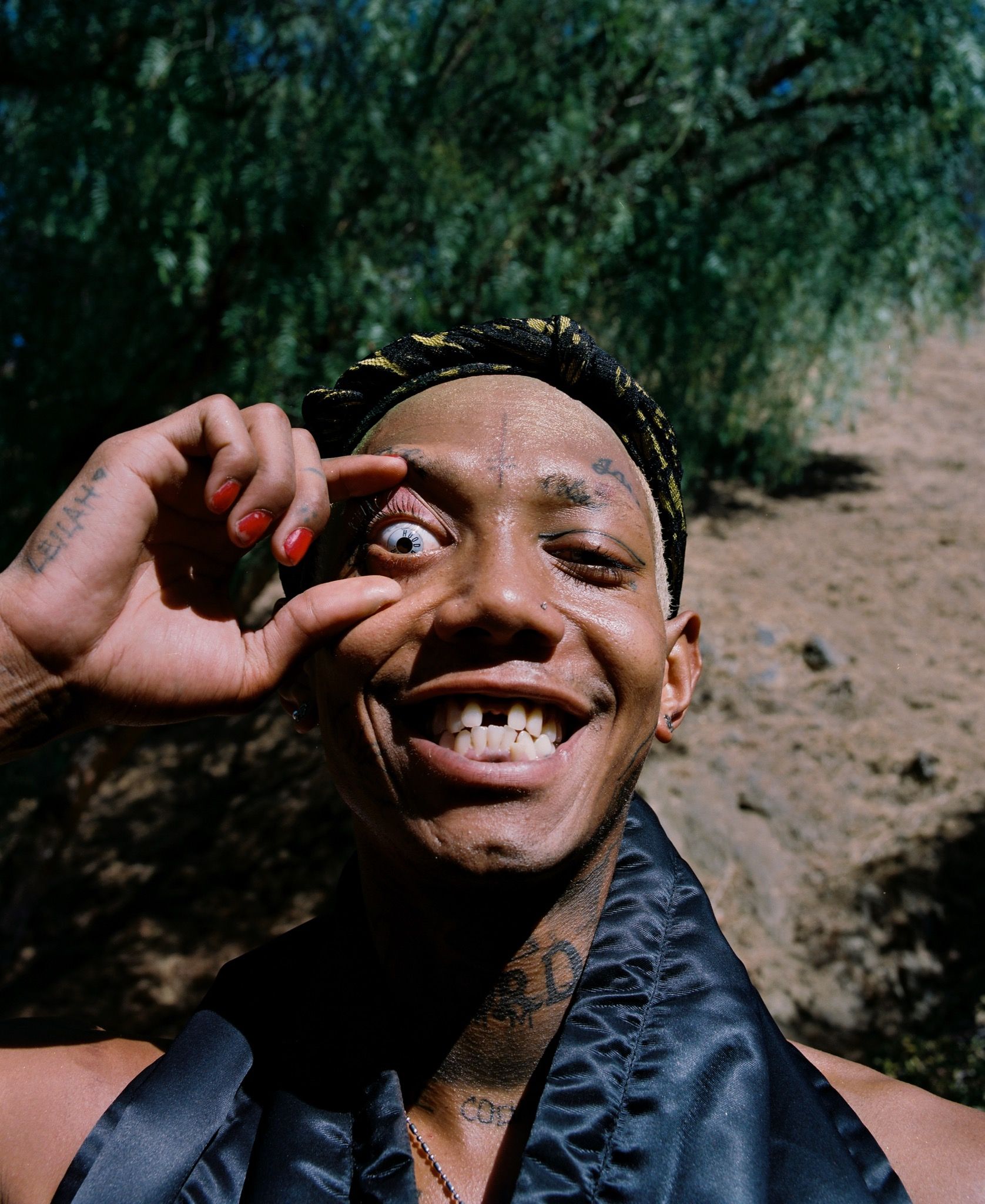
Look of Genesis: Becoming HOOD BY AIR
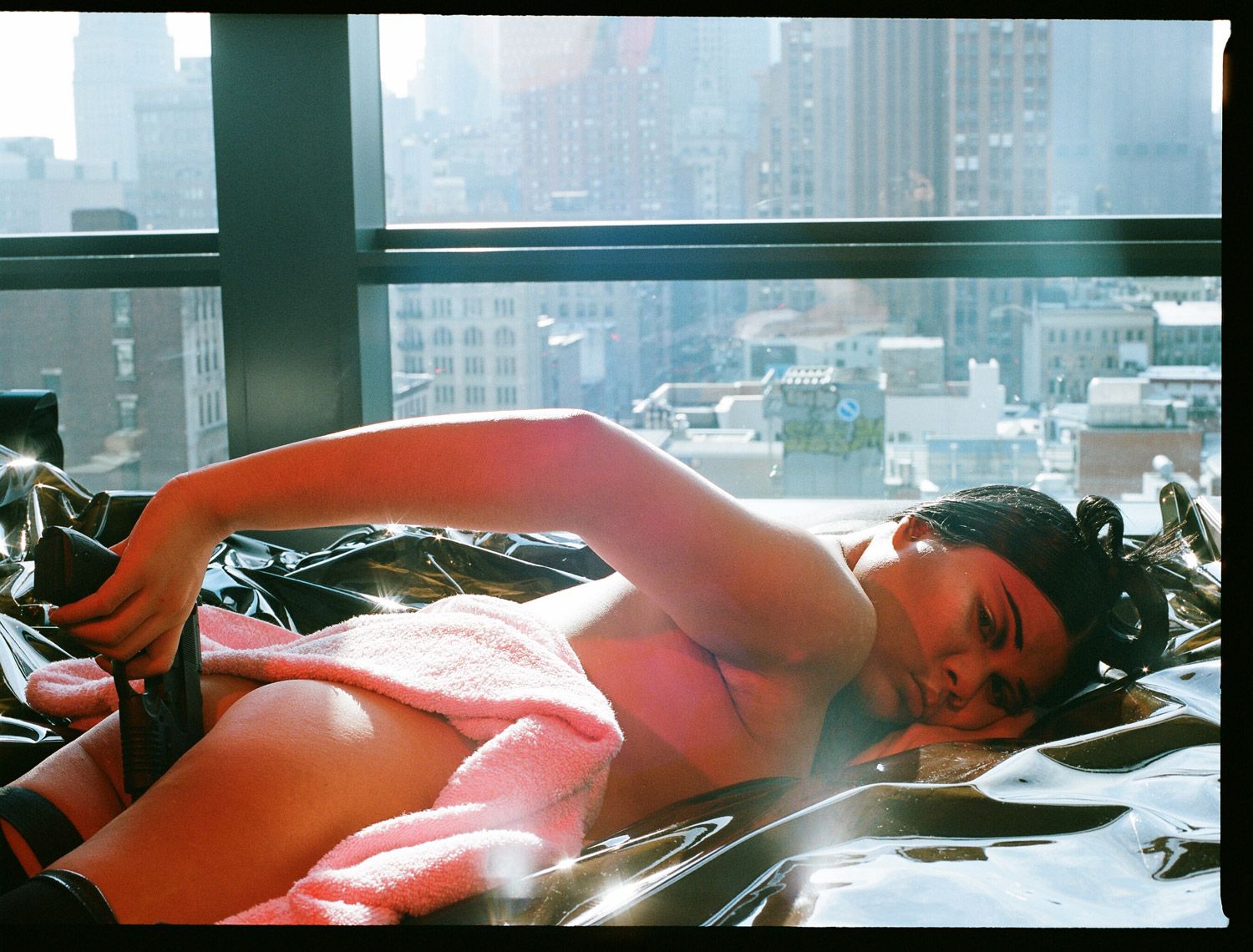
The Enemy Is Not Pictured: STEWART UOO and HEJI SHIN’s “No Tears in Rain”
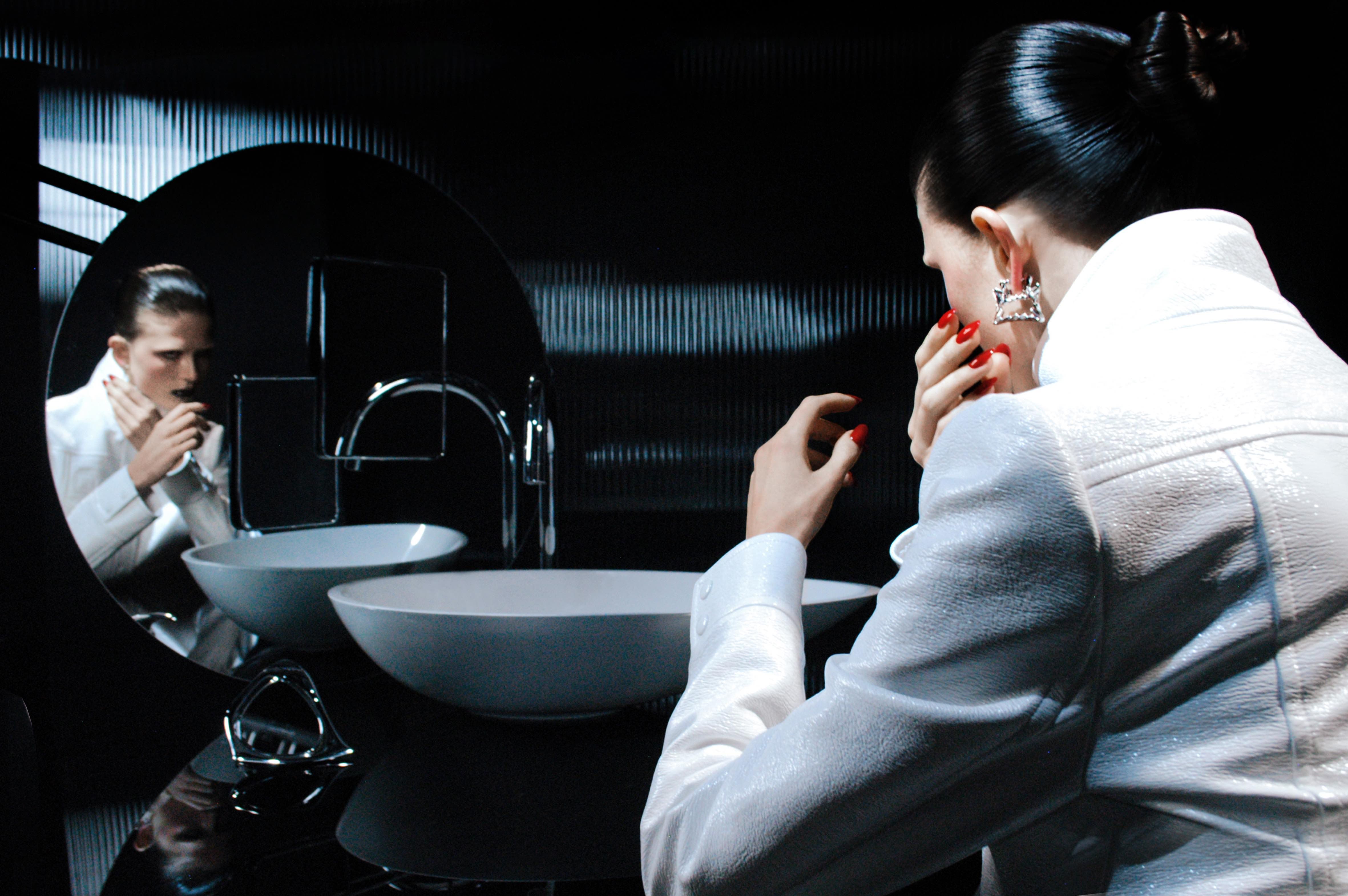
A Gateway to Forbidden Realms: Rob Kulísek